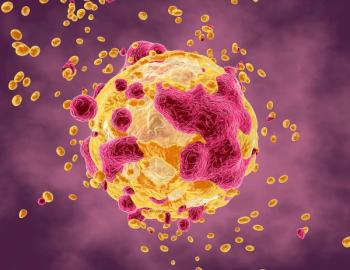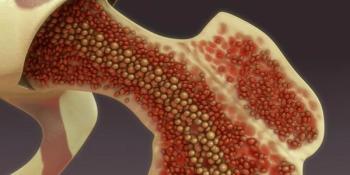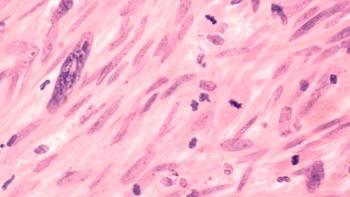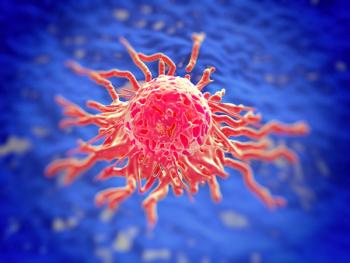
Profiling of Osteosarcoma Demonstrates Why Immunotherapy is Ineffective
Researchers found that poor infiltration of the tumor by immune cells, low activity from available T-cells, a lack of immune-stimulating neoantigens, and multiple immune-suppressing pathways all combine to dampen responses to immunotherapy in this disease landscape.
According to research published in Nature Communications, comprehensive profiling of tumor samples found that the immunogenomic landscape in osteosarcoma is characterized by genomic complexity and significant heterogeneity.1
Moreover, researchers found that poor infiltration of the tumor by immune cells, low activity from available T-cells, a lack of immune-stimulating neoantigens, and multiple immune-suppressing pathways all combine to dampen responses to immunotherapy in this disease landscape.
“This study is important not only because it focuses on a rare cancer, but it sets the groundwork for understanding the multifaceted reasons this cancer doesn’t respond to immunotherapy, despite having certain hallmarks that suggest it would,” corresponding author Andy Futreal, PhD, chair of Genomic Medicine at MD Anderson Cancer Center, said in a press release.2 “Understanding those reasons and beginning to pick them apart does begin to give us lines of sight on how to get around the tumor’s methods of subverting the immune system.”
In order to gain insights into the immunogenic potential of this tumor type, researchers conducted whole genome, RNA, and T-cell receptor sequencing, immunohistochemistry and reverse phase protein array profiling (RPPA) on samples from 48 pediatric and adult patients with primary, relapsed, and metastatic osteosarcoma. The majority of the samples were from relapse (23%) and metastatic (51%) cancers.
In the samples, genomic changes were similar to those previously reported and there were few dissimilarities between the sample types. However, in contrast to other disease types, the genomic changes observed in these osteosarcomas did not coincide with an increase in the expression of mutated proteins or neoantigens. Further, the degree of immune cell infiltration into the tumor was found to be generally lower than in other tumor types where immune checkpoint inhibitors are more effective, like lung cancer and melanoma. T-cells in the tumor also displayed a low level of activity, demonstrated by low clonality scores.
“These data highlight the need to pursue multiple contributors to immune suppression in [osteosarcoma],” the authors wrote. “It is unlikely that any single approach will be effective across this patient population.”
Gene expression analysis exposed 3 distinct classes within the study samples that corresponded with levels of immune infiltration. “Hot” tumors were found to have the greatest degree of immune infiltration, however they also had high activity in a number of signaling pathways that suppressed immune activity. Contrastingly, “cold” tumors had the lowest levels of immune infiltration, reduced expression of human leukocyte antigen (HLA), and a higher number of genes with copy number loss, which signals higher genomic instability.
Notably, researchers also discovered that PARP2 gains and increased expression were correlated with low immune infiltration in “cold” osteosarcomas, supporting the rationale for studies exploring a combination of PARP inhibitors and immunotherapy. Therefore, ongoing translational studies from patients with osteosarcoma treated with immune checkpoint inhibitors could further inform the next steps in developing immunotherapy trials for this patient population.
“By understanding the interplay between tumor genomics and the immune response, we are better equipped to identify osteosarcoma patients who are more likely to benefit from immunotherapy,” co-author Andrew Livingston, MD, assistant professor of Sarcoma Medical Oncology and Pediatrics at The University of Texas MD Anderson Cancer Center, said in a press release. “These findings lay the groundwork for novel clinical trials combining immunotherapy agents with targeted or cell-based therapies to improve outcomes for our patients.”
References:
1. Wu C, Beird HC, Livingston JA, et al. Immuno-genomic landscape of osteosarcoma. Nature Communications. doi:10.1038/s41467-020-14646.
2. Osteosarcoma profiling reveals why immunotherapy remains ineffective [news release]. Houston, Texas. Published February 21, 2020. eurekalert.org/pub_releases/2020-02/uotm-opr022020.php. Accessed February 21, 2020.
Newsletter
Stay up to date on recent advances in the multidisciplinary approach to cancer.


















































































